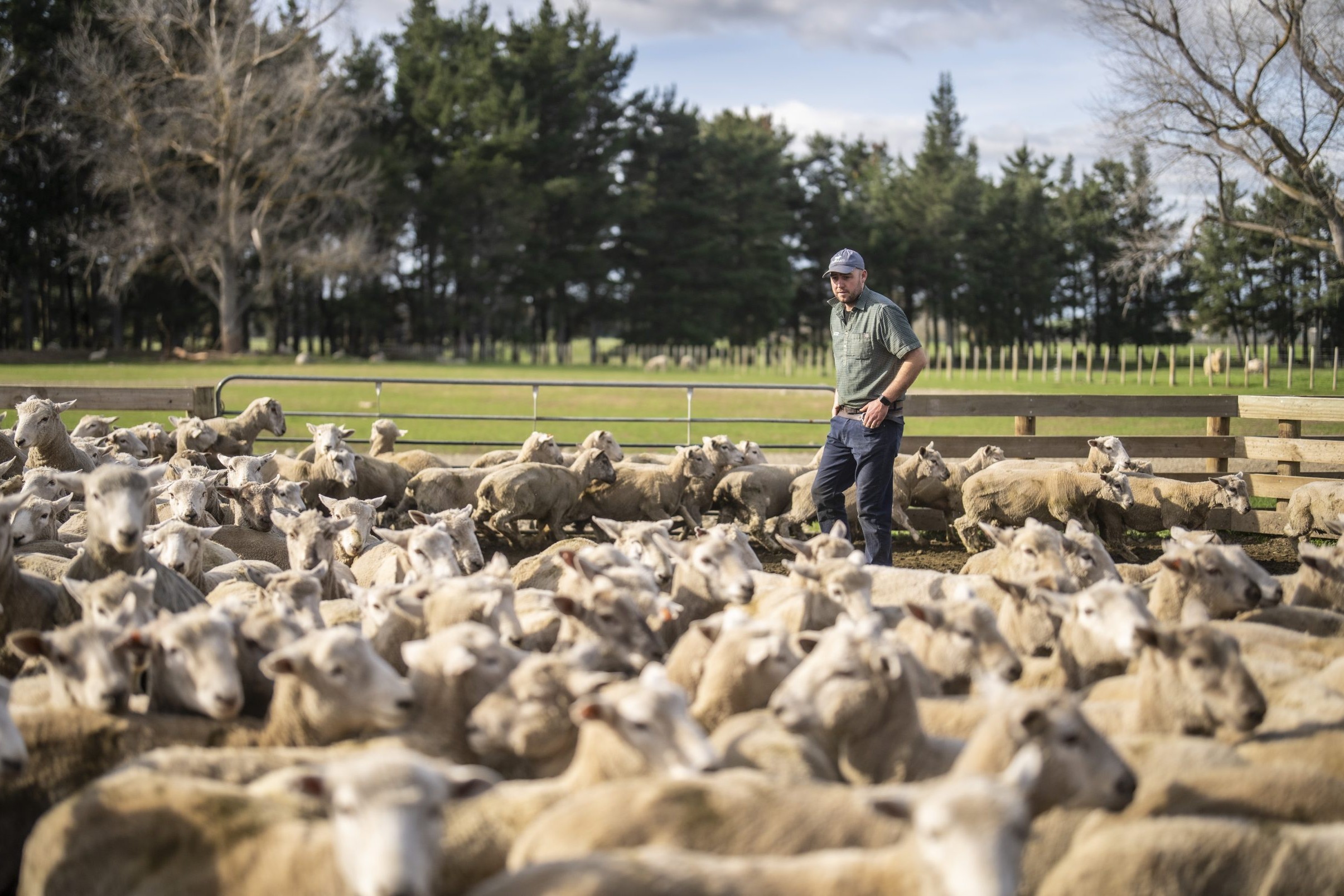At discussion groups over the last month or two I have been getting lambing outcome figures from members – the number of lambs at scanning compared to the number that have tails cut off.
Most were between 78% and 83%. A small number were 84% to 86%. One outlier was a 3000+ ewe flock scanning 190% being left with 167%. So 88% survival.
All of those above 83% fed ewes well, particularly in the weeks coming into lambing. The mantra I quote so often is being applied to these flocks: “If a lamb stands and suckles within 20 minutes of being born it has a 95% chance of being alive 90 days later”.
Managing ewes to deliver vigorous lambs is the key to high lamb survival. Good body condition and not being in a negative energy balance coming into lambing allows ewes to deliver those vigorous lambs.
Those management inputs buffer the impact of bad lambing weather. Both of these key ewe factors are totally manageable. Not taking lighter ewes into the winter and taking off lighter condition ones at pregnancy scanning minimises the number that are lighter at lambing.
Increased feed demand in late pregnancy is predictable and can be planned for. Therefore lamb survival does have a huge management component.
Obviously the starting point of the scanning percentage sets the potential. That had been explored with the groups a couple of months ago. That range was 150% to 200%. This is a huge range and the lower ones mostly blamed the dry summer. But in all groups that range existed so among the low were high ones, all farming in much the same area.
Protect scanning percentage
When we know that the profitability of the flock is extremely sensitive to lambing percentage and with the scanning percentage being a major factor determining that, why is not more done to protect that scanning?
In some parts of the country supplementing ewes when the feed is not there in the autumn is standard practice. The outcome is amazingly consistent ewe scannings. In other areas with just as uncertain summer/autumn feed supply, why is supplementing not standard practice? The cost benefit is well-known.
The age class that suffers most from lack of care is two-tooth ewes. My target is that the two-tooth ewes should scan within 10% of the mature ewes.
In many high-performing flocks that difference is non-existent or within 5%. But in tougher summers this difference is bigger in many flocks. Two-tooth ewes, like their year-younger sisters, are weight sensitive. We talk a lot about body condition score, but for these young age classes their real weight is very important.
Typically the weight range in two-tooths at mating is wide which usually means that too many are just too light to have multiple ovulations. This wide range is often an outcome of a ewe hogget lambing which did not get fed enough. That enough has to start in the winter, not just in the spring. But also in flocks in which the ewe hoggets are not lambed, unless there has been intervention to give preference to the lighter quarter or half, there will be a wide spread in mating weight.
Setting the outcome
Too often two-tooth ewes are not given enough attention over the summer to minimise the number that mate too light. This is a very good example of the minimum weight setting the outcome, not the average.
As this breeding season comes to an end the attention goes back to setting up the next. The genetic options are getting bigger as the standard production traits are beginning to take a back seat. Not that we can afford to not have ewes producing lots of heavy lambs.
Just being able to deliver the high outputs in the presence of unreliable summers and autumns is a genetic option to look for. As well though, their ability to cope with worms, their methane output, their tail length, them not having wool, or just plain low input needs are all in the mix of what is available.
Some breeders have managed to incorporate some of these alternate traits while maintaining their basic production. Thought has to be given to all of these alternatives as drench failure, animal welfare standards and environmental expectations have to be met.
It takes at least five years for new traits to filter enough through a flock to make a difference. Depending on the trait that could be over seven years. It is time to be looking ahead at what our sheep flock needs to look like in the future and considering if there are genetic options that can help get to that point.
The sooner any genetic change begins the sooner any benefits can be reaped.





